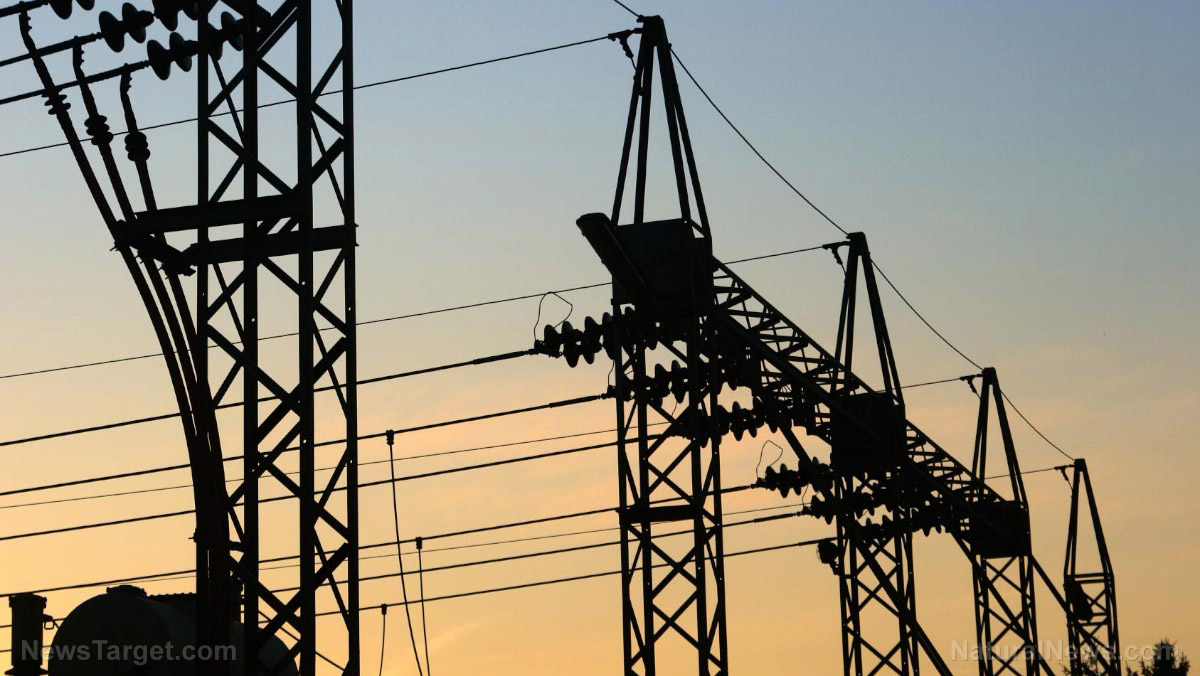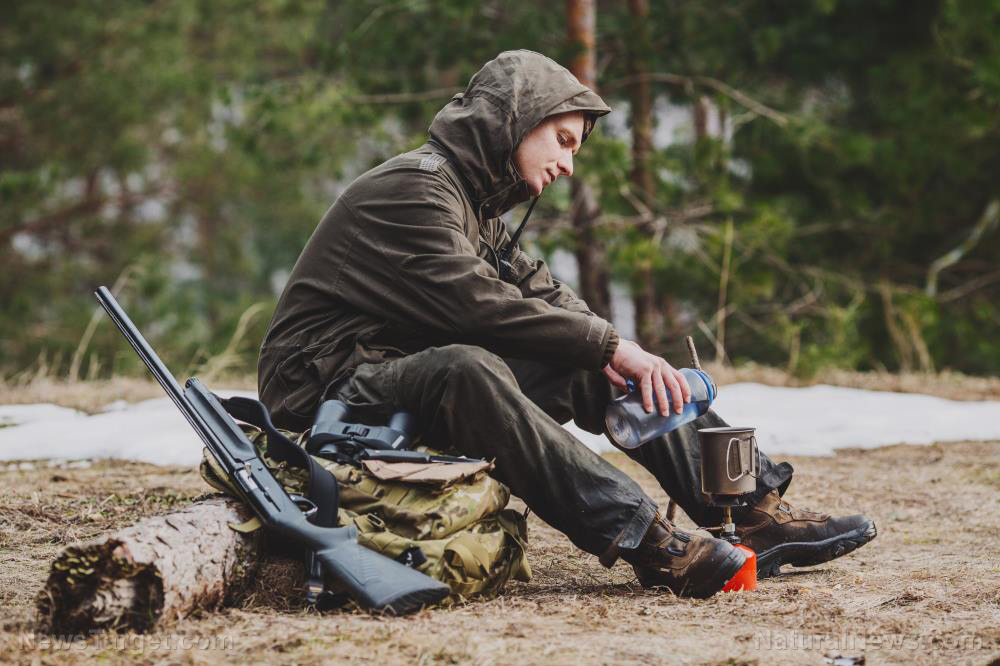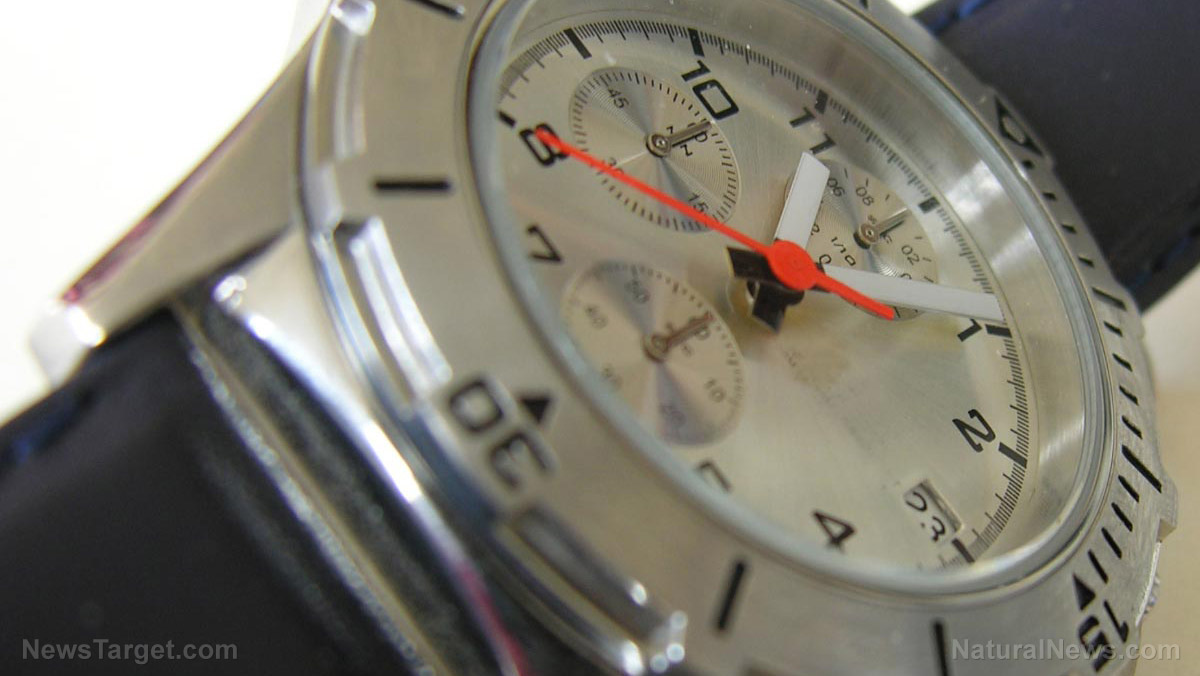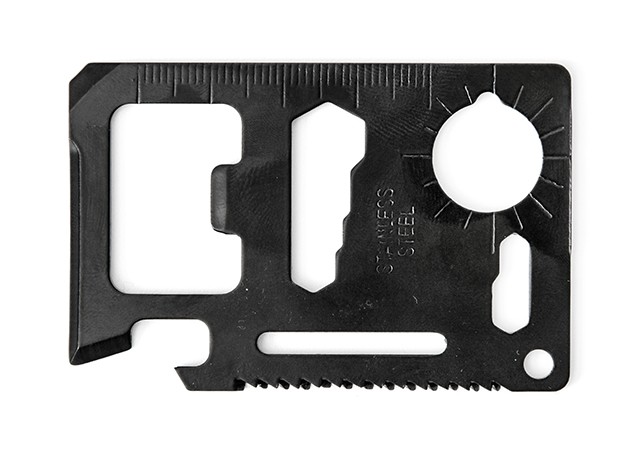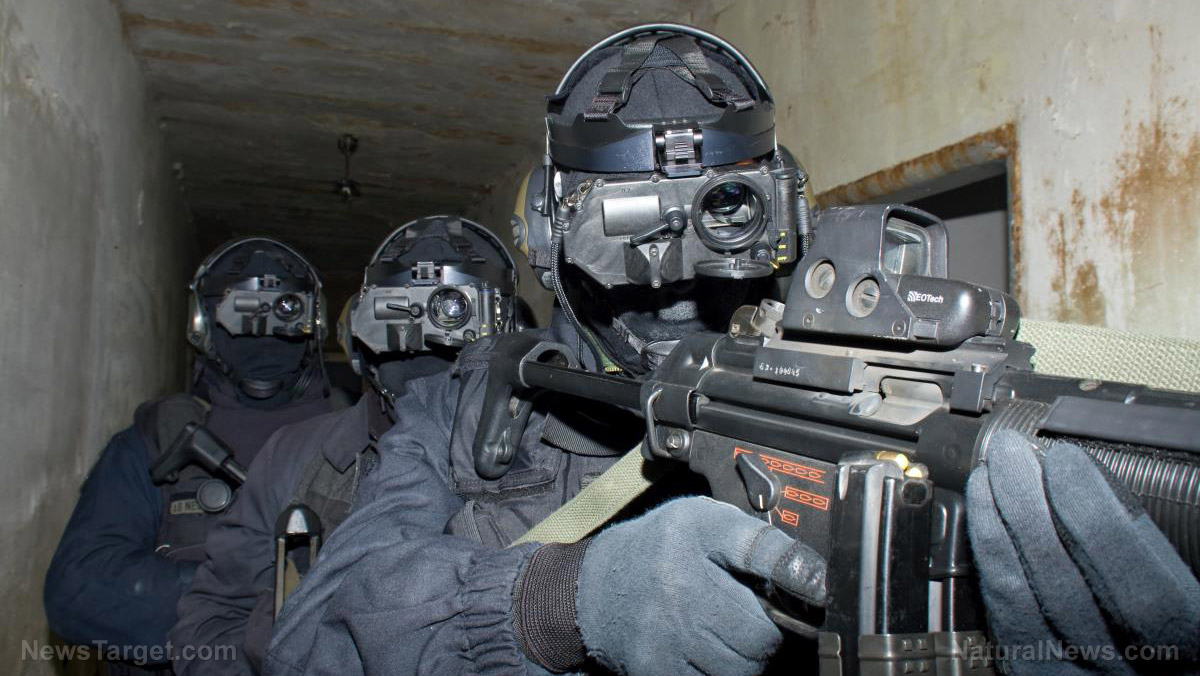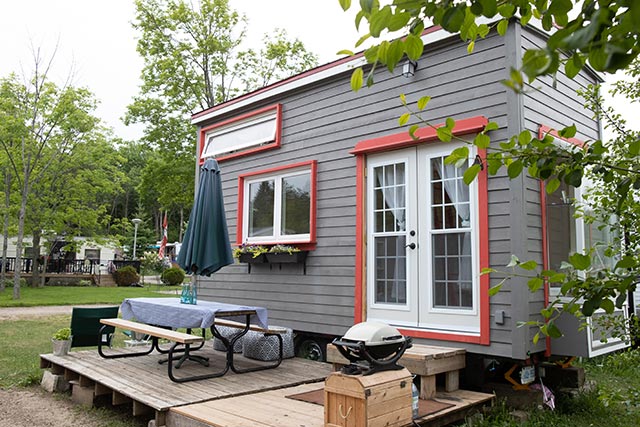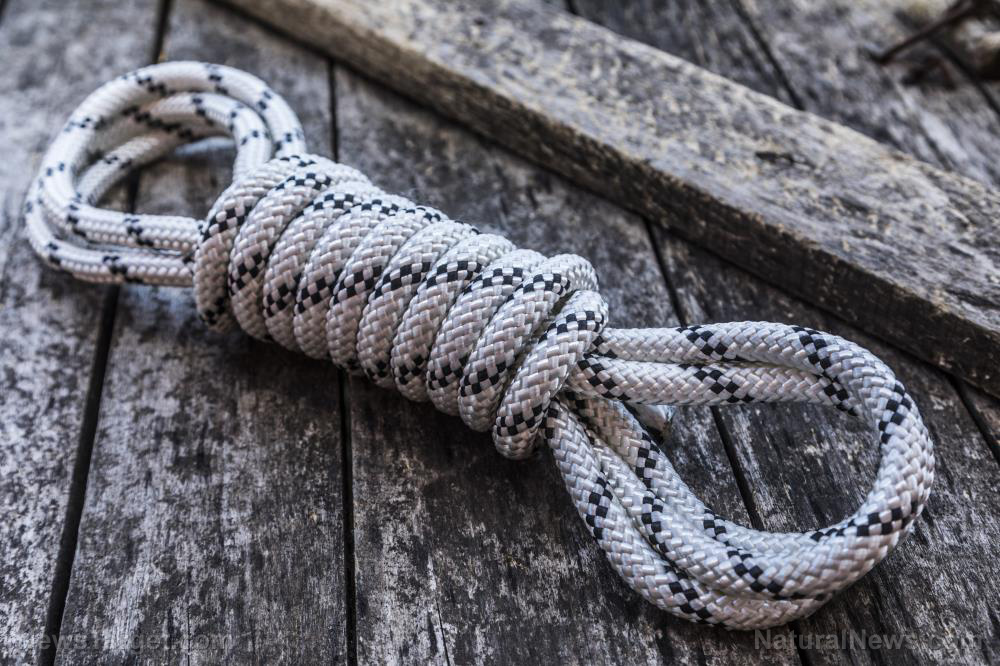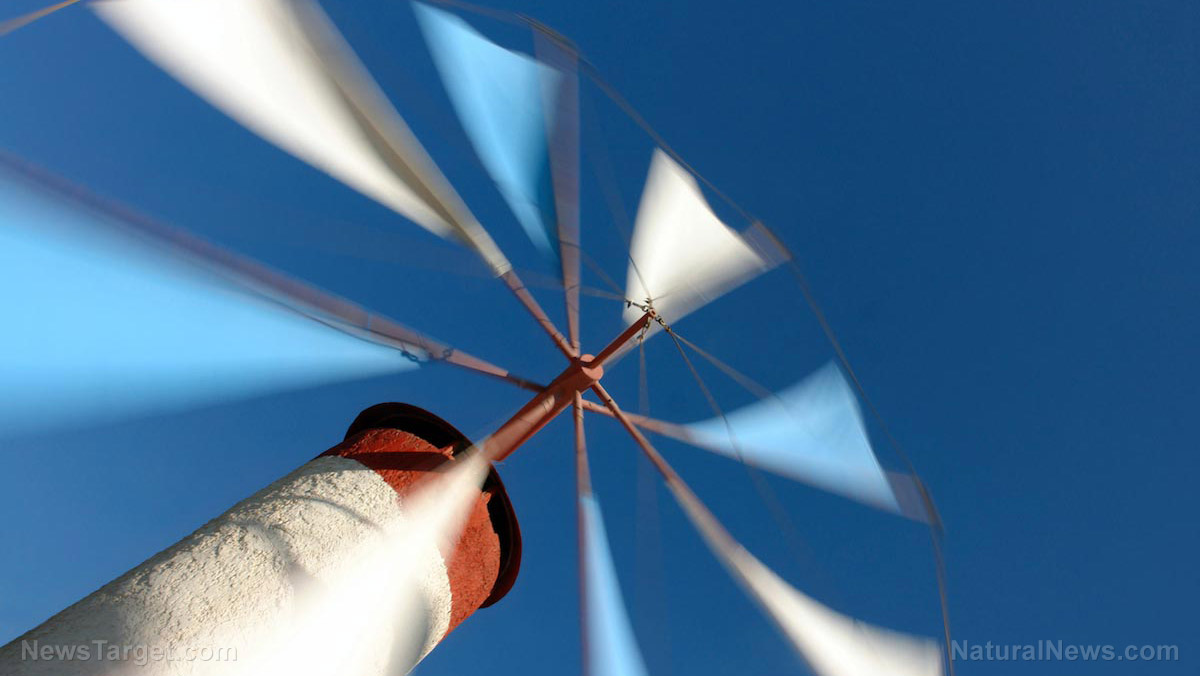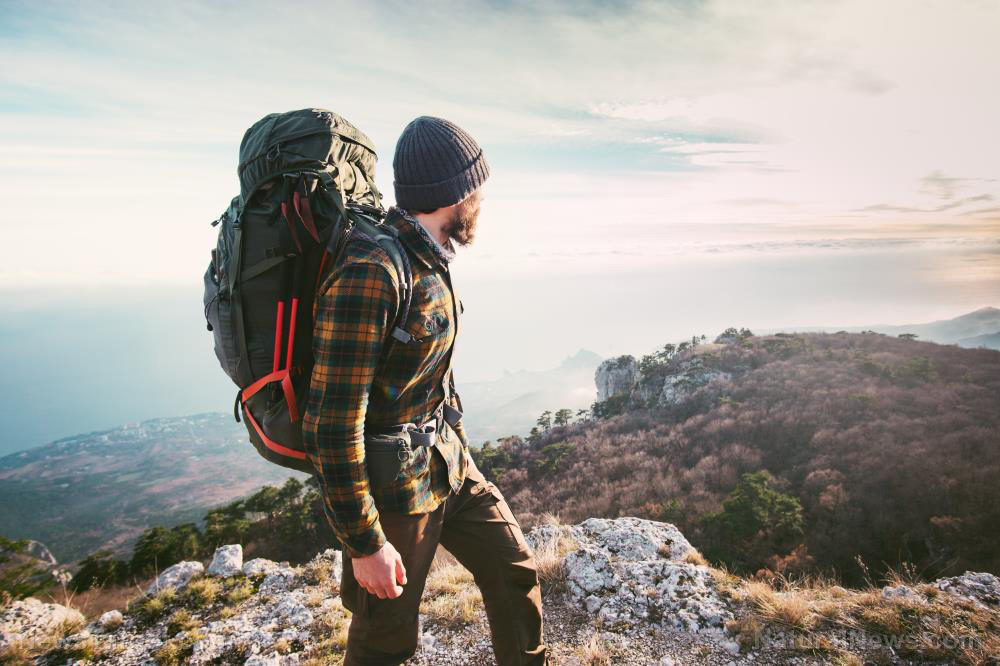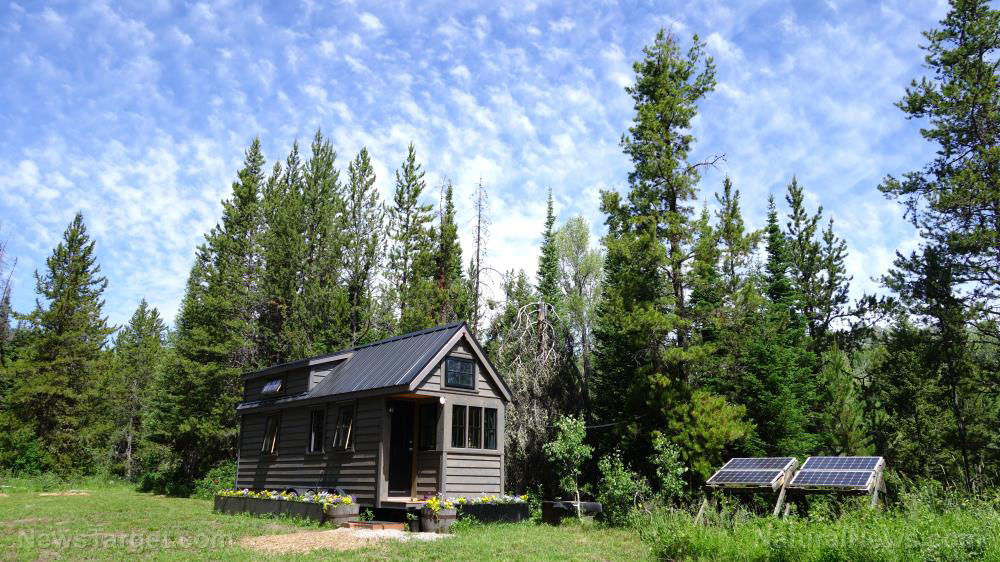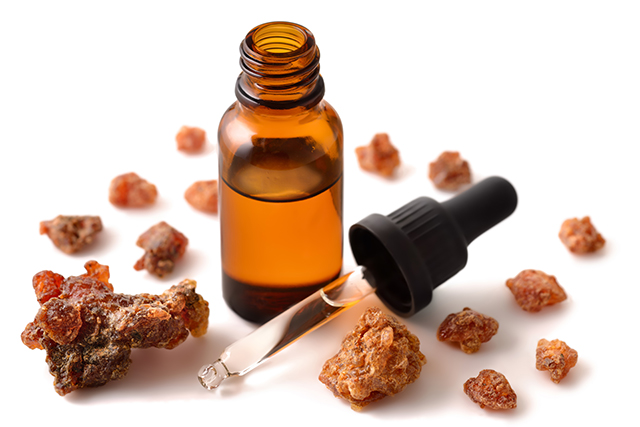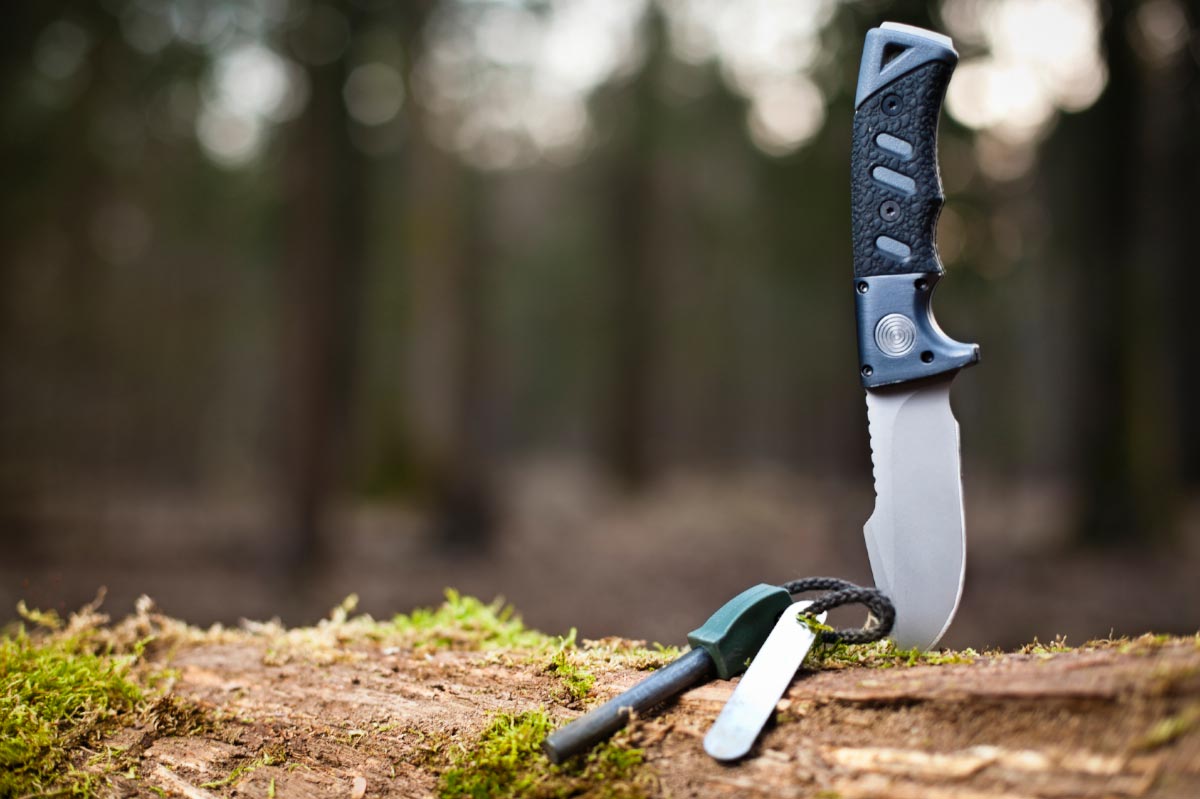What you need to know about nuclear power in America
07/12/2019 / By Edsel Cook
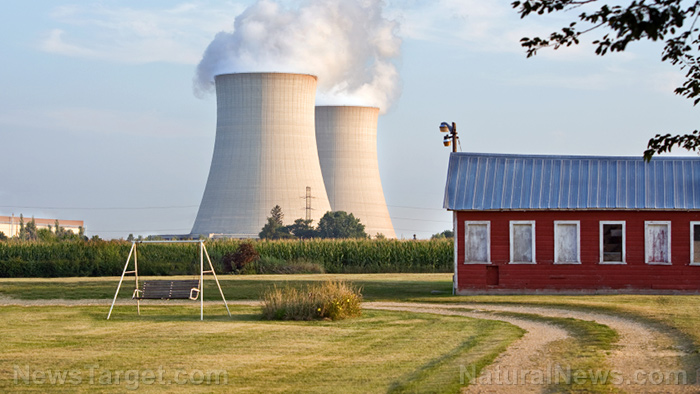
Living in the world’s biggest commercial producer of nuclear power has its downsides. Preppers and survivalists need to consider the possibility of an accident at the nearest nuclear power plant.
Most of the 99 active nuclear reactors in the U.S. are found in New England, the South’s eastern seaboard, and Illinois. Only Alaska and Hawaii lack any atomic facilities. Nearly three million Americans live within 10 miles of a nuclear power plant.
To find the nearest plant and its relative position to your home or office, you can get a map of the nuclear power plants in the United States. Then, research the prevailing winds and jet stream in the area. A location downwind of a nuclear plant is bad news since the winds would bring radioactive fallout that way.
Stock up on the items required by a nuclear disaster survival kit. Perhaps the most important item is a big roll of heavy plastic sheeting.
Contact the local power company that runs the nuclear power plant. Ask them about the details of a nuclear accident, including the early warning system and emergency information for such a disaster.
What to do during and after a nuclear disaster
If a nuclear power plant ended up releasing radioactive material, it would probably sound off sirens and trigger emergency alert systems. Local television and radio stations would air instructions on what to do.
As a good prepper, you need to keep as far away from any radioactive material as you possibly can. Either evacuate your current location and get back home as quickly as possible, or if you can’t evacuate, hunker down in the building or vehicle you occupy.
GLYPHOSATE testing is now being applied to all Health Ranger Store branded products. Our in-house lab uses LC-MS-MS (triple quad mass spec). See the full lab science tour video and announcement here. Shop for ultra-clean, lab-tested superfoods, personal care products and more at the Health Ranger Store, the world's most trusted source for clean foods and lab-verified nutritional solutions.
Once inside a shelter, you must stop outside air from entering the building or vehicle. Close off all openings and turn off appliances that circulate air inside the building. Apply plastic sheeting and duct tape on cracks and crevices to seal them off.
After sealing off the shelter, head to the deepest part of the area. The safest location is underground. In lieu of a basement or cellar, settle for the innermost part of the structure.
Decontaminate as quickly as possible. Strip off your clothes, wrap them in heavy plastic, and keep them as far away from you as possible. Wash your entire body with soap and shampoo, but not conditioner. In case symptoms associated with radiation poisoning come up, it may help to take iodine or melanin supplements.
Keep track of EAS (Emergency Alert System) radio broadcasts – only leave the shelter when it is safe or there is no other choice. Assume that everything outside is contaminated.
Make sure your bug-out bag contains these items for nuclear fallout scenarios
A nuclear disaster survival kit shares many items with a bug-out bag. But the former also contains certain items that become much more useful during a nuclear disaster.
Pack disposable eating utensils and throw them away after use. Washing dishes wastes scarce amounts of water.
Set the emergency radio to pick up alerts from the NOAA (National Oceanic and Atmospheric Administration) and EAS. Bring more than enough batteries to run it for days or use a crank-powered unit.
Bring heavy mil plastic sheeting and duct tape. Use the thick plastic to cordon your shelter, create an airlock, and seal off irradiated items. Attach the sheeting with heavy duty duct tape.
Make sure everyone in the group gets at least a complete change of clothes. Someone is bound to get exposed and contaminated at one point or another.
A nuclear accident escalates very quickly. Its radioactive fallout may arrive before you get home or even leave the building. So keep a nuclear disaster survival kit in the office and another one in the car.
Sources include:
Tagged Under: bug out, bug out bag, Nuclear Accident, nuclear attack, nuclear disaster, nuclear power plants, preparedness, prepper, prepping, radiation, survival, survival kit, urban prepper, urban prepping
RECENT NEWS & ARTICLES
COPYRIGHT © 2017 · SURVIVAL NEWS

